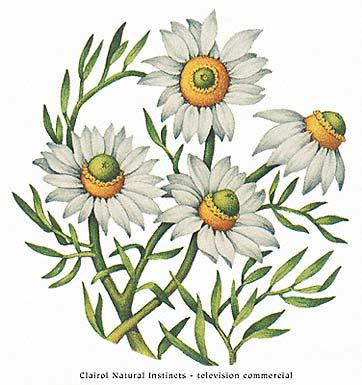Comparative analysis between Chamomilla recutita and corticosteroids on wound healing. An in vitro and in vivo study.
Manoela Domingues Martins, Márcia Martins Marques, Sandra Kalil Bussadori, Marco Antonio Trevizani Martins, Vanessa Christina Santos Pavesi, Raquel Agnelli Mesquita-Ferrari, Kristianne Porta Santos Fernandes
The comparison of chamomile and corticosteroids for treating ulcers was done in vitro and in vivo. The experimental groups were: control; chamomile recutita; triamcinolone acetonide and clobetasol propionate. For the in vitro study the cell viability of fibroblasts cultured for 24 h in media conditioned by the substances was obtained by the MTT reduction analysis. For the in vivo study, 125 male rats were submitted to experimental ulcers treated or not (control) by the substances tested. At 1, 3, 5, 7 and 14 days later 5 animals of each group were sacrificed. The lesions were analyzed by means of clinical observation and histological wound-healing grading. Data were compared by ANOVA (p </= 0.05). All experimental groups presented positive cell viability in 24 h. The cultures treated with chamomile presented the smallest cell viability. All animals of the chamomile group exhibited complete wound healing 9 days before the other groups. Complete repaired lesions were observed after 5 days of treatment only in the chamomile group. Animals treated with chamomile presented significantly faster wound healing in comparison to those treated with corticosteroids. Based on the conditions of this study, we concluded that chamomile in comparison to corticosteroids promotes faster wound healing process. Copyright (c) 2008 John Wiley & Sons, Ltd.












Thanks for that note, Shannon! 🙂
It is a well known fact that corticosteroids actually inhibit healing and can cause ulcers.